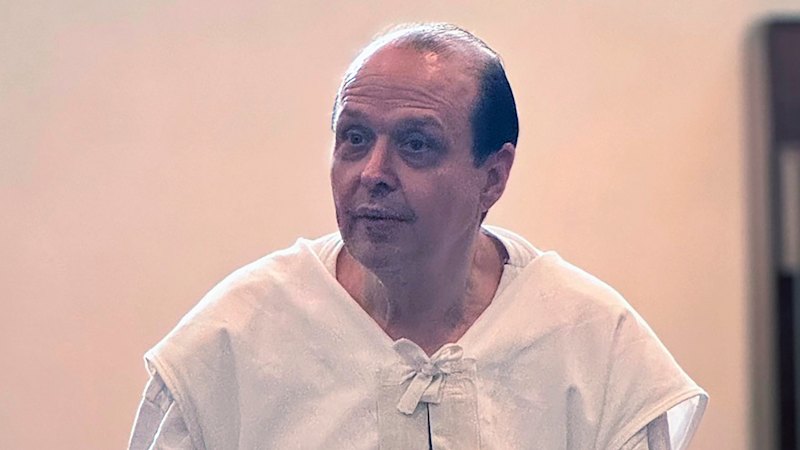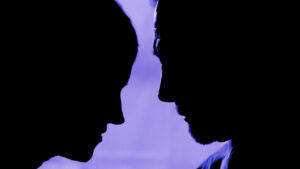
A Texas man, Robert Roberson, has had his execution temporarily halted after an appeals court raised significant doubts about the evidence used to convict him for the controversial diagnosis of shaken baby syndrome. The ruling comes just days before Roberson was set to become the first person in the United States executed for this diagnosis, highlighting ongoing debates surrounding the validity of the medical theory that has led to numerous convictions globally.
Roberson’s death sentence, originally scheduled for October 2024, has now been postponed until October 2025. His case has drawn attention not only in the United States but also in Australia, where similar issues related to shaken baby syndrome have resulted in the prosecution of hundreds.
The renewed scrutiny follows the launch of the investigative podcast series, Diagnosing Murder, which examines the human impact of shaken baby syndrome allegations in Australia. The podcast features insights from various experts, including Professor Stephen Cordner, a former head of the Victorian Institute of Forensic Medicine and a professor at Monash University. Cordner is advocating for an inquiry into the medical and legal implications of the syndrome, expressing concerns about its potential to lead to wrongful convictions.
“If you’re in a position to prevent future wrongful convictions… that’s why I’m here,” he stated during an interview for the podcast.
Roberson, diagnosed with autism, was convicted in 2003 of murdering his two-year-old daughter, Nikki. His defense argued that Nikki exhibited symptoms of a high fever and likely died from an undiagnosed pneumonia, rather than from any physical abuse. His conviction was partly influenced by perceptions of his emotional response during the investigation, which were misinterpreted due to his autism.
The investigating detective, Brian Wharton, has since expressed doubts about Roberson’s guilt, now believing he is innocent. On Thursday, the Texas Court of Criminal Appeals directed lower courts to reevaluate the evidence surrounding shaken baby syndrome in light of evolving medical understanding and the state’s “junk science” law, which allows for legal challenges on discredited forensic evidence.
The controversy regarding shaken baby syndrome centers on a triad of injuries: subdural hemorrhage, retinal hemorrhage, and brain swelling. While many forensic doctors globally view these signs as indicative of child abuse, Cordner argues that the evidence is insufficient to establish criminal responsibility in cases relying solely on these symptoms. He points out that numerous medical conditions could cause similar symptoms without any abuse being involved.
In the United States, over 40 individuals have been exonerated since the 1990s for convictions based on shaken baby syndrome. Recent rulings in New Jersey and Illinois have further questioned the legitimacy of the theory. A New Jersey appeals court upheld a lower court’s judgment stating that the theory constitutes “junk science,” with Judge Greta Gooden Brown asserting that it has never been proven.
In another case, an Illinois judge dismissed the testimony of a key prosecution expert, ruling that there was no scientific basis for distinguishing between accidental and intentional injuries. This growing skepticism contrasts sharply with the prevailing views among many in the Australian forensic pediatric community, where the diagnosis remains widely accepted.
Within Australia, shaken baby syndrome is still frequently cited in criminal courts, influencing both child custody and criminal cases. The Royal Children’s Hospital in Melbourne and its forensic pediatric unit have been central to many prosecutions. While the hospital declined to comment on specific cases, it stated that its practices are supported by ongoing national and international research.
In one notable case featured in the podcast, a nine-week-old child diagnosed with two signs of the triad was removed from her parents and placed in foster care for 18 months. The prosecution against her father, referred to as “Kabir,” was ultimately withdrawn after Cordner provided an expert opinion suggesting that birth trauma could have been a natural explanation for the child’s injuries.
Despite recent legal challenges in the U.S. and a lack of national precedent, the debate continues. In Australia, the most recent serious legal challenge to the theory occurred in 2021, when the Victorian Court of Appeal upheld the diagnosis. The Crown Prosecution Service in the United Kingdom has advised that charges based solely on the triad are rarely sustainable, recommending that prosecutors seek additional evidence in cases of suspected child abuse.
As the discussion surrounding shaken baby syndrome evolves, the call for reform and further investigation into its implications continues. The ongoing legal battles and expert testimonies suggest that the debate is far from settled, and the impact on families and individuals caught in these allegations remains profound.






